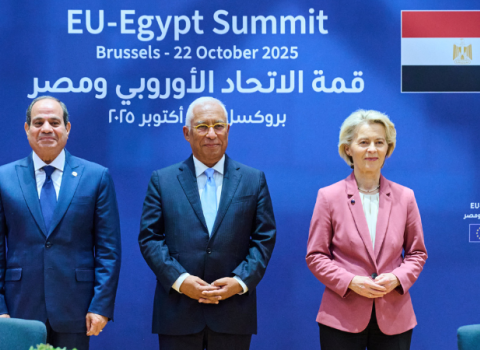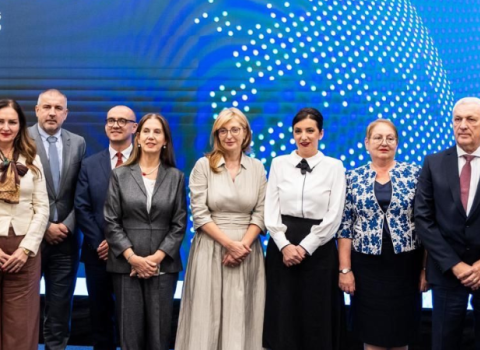
Commissioner Potočnik: looking for a new legal status.
According to a spokeswoman for EU Research and Science Commissioner Janez Potočnik, the Commission R&D-policy agenda for 2008 is likely to include a proposal to create a new European legal status for science-infrastructure projects funded by multiple EU members, such synchrotrons, biobanks or polar exploration ships. At present, such projects are usually set up under the law of whichever country is leading the project – complicating the paperwork for other countries that want to join in.
In 2006 an advisory committee to the EC came up with a list of 35 recommended joint infrastructure projects, costing €13.5 billion. They include a network of aircraft to monitor climate change, an icebreaker for polar exploration, new research reactors and high-energy physics facilities. Some of them may get funded under the Commission’s new, seven-year, €54 billion R&D budget, so clarifying their legal status would help speed the process overall.
The infrastructure legislation is one of five areas in which the Commission staff plans to work during 2008 to improve conditions for what they call the European Research Area – laws and policies aimed at ending barriers to free movement for researchers and their inventions within the EU. In April 2007, Commissioner Potočnik launched a “Green Paper” soliciting public comment on what measures are needed. Since then, the Commission’s R&D division has been working up specific proposals to launch this year.
The five areas, according to spokeswoman Antonia Mochan, are:
1) Researchers’ passport. The Commission plans an official “communication,” or statement of policy, in or about May about ways to make it easier for researchers to move from country to country. At present, university administrators and corporate R&D executives complain that differing pension systems, social-benefit programmes, technical-qualification procedures and visa requirements discourage a biochemist, say, in Germany from moving to a lab in Sweden or Italy. The problem is magnified for non-EU scientists invited to teach or work at an EU university. Chinese physicists visiting Cambridge, for instance, have to go through lengthy visa procedures every time they want to attend a scientific conference in Paris.
2) Intellectual property code. The Commission in late spring aims to publish additional guidelines to help universities and businesses reach agreement on IP. The communication comes in the midst of the biggest political movement on EU IP law in years, and on the eve of the French presidency of the EU, in the second half of 2008. The new French government last summer ended a 30-year political logjam on IP reform by announcing it intends to sign a pact making it possible to file a patent in any of English, French or German – rather than continuing to insist that all three languages be used at great translation expense.
3) Joint programming. The Commission plans a communication in the second half of 2008 on ways to coordinate R&D programmes among EU member states. At present, each capital has its own R&D grant agencies that operate largely independently of one other – resulting in such anomalies as 109 different projects funded across Europe for the study of one bacterium, and 29 different R&D programmes for nanotechnology (in 27 EU member states). Mochan said the intention isn’t to increase Brussels’ role in funding, but rather to assist joint planning so that duplication is avoided and Europe gets more R&D results for its money.
4) Infrastructure. At present, every time EU members decide to collaborate on a big-ticket lab, the legal and administrative set-up has to be negotiated case-by case, under the law of whichever country happens to be hosting or leading the project. The planned new EU legal entity could be a template for such projects – clarifying how funding, control and intellectual property rights should be handled. The proposal will be announced in the second half of the year.
5) International cooperation. A communication is planned in or about September on ways to enhance R&D collaboration between the EU, its members and the rest of the world. At present, the rapid rise of India and China as research powerhouses has led to a scramble across Europe to negotiate bilateral cooperation agreements with them. The communication will discuss ways of coordinating some R&D efforts at an EU level with third countries.





 A unique international forum for public research organisations and companies to connect their external engagement with strategic interests around their R&D system.
A unique international forum for public research organisations and companies to connect their external engagement with strategic interests around their R&D system.